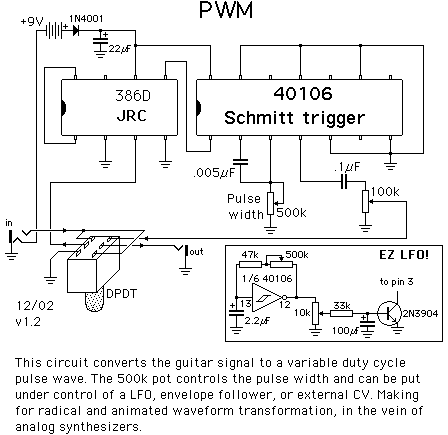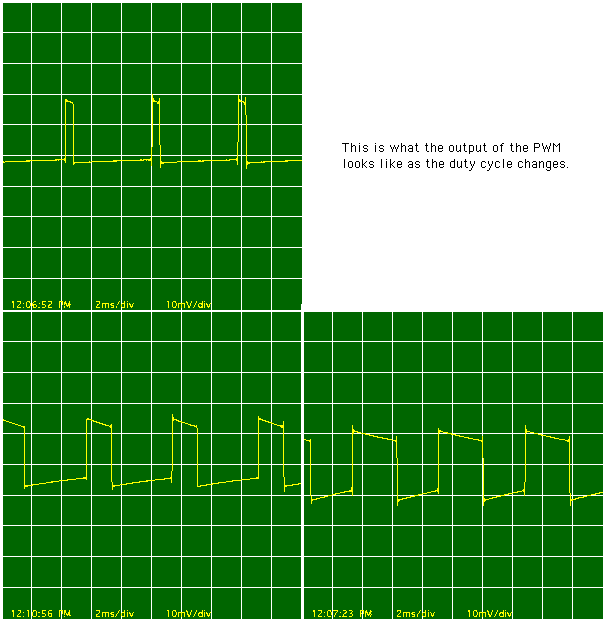This bit of kit seems to have been one of the most popular and derided synthesizers of the last decade.
It's size and price were appealing to the masses, and for many their first synthesizer.
I've had mine sine early 2007, and it was far from my first synth.
Essentially it's a cut down version of the MS2000. In fact, the only real difference is that it's got less knobs.
Out of the box it comes with some of the most cheesy presets I have ever heard.
The presets are grouped on the front panel via genre's surrounding the main selector knob.
Unfortunately the genre's don't sit well with many, and I ended up covering them up with my own printed on stucky labels.
The microKorg appears to be fairly limited on the surface, but below the surface lays the heart of a small modular synth. What it lacks in polyphony, it makes up for in charm and scope for some really useful and just plain weird sounds.
What people need to get past is that it's not analogue. Complaints of a lack of warmth are unwarranted.
Spend a bunch of time with the little beastie and I bet your opinion will change considerably.
I mostly program variations on Electric Piano and Organ sounds, with a few string synths, pads and science fiction noises thrown in. It's capable of some seriously overwhelming Bass, which it turns out is really handy for emulating a church organ. You can achieve a kind of 8 bit vibe with it as well, but it would be better if a bit crushing effect was available. I don't spen too much time on that since I built the
Midibox 6582 in 2010.
The modulation matrix is surprisingly flexible and you can rout to most major points which you would want to control.On the front panel you'll find every parameter listed helpfully next to its corresponding number.
Modulation sources are Two LFO's with multiple wave shapes (LFO2 is more limited in selection), Envelope generator, Modulation Wheel.
Cross modulation is possible between sources and you can obviously send them to control pitch & cutoff.
Korg also included control for the audio output, so you're able to do nifty tricks like emulate a lesie speaker by controlling the left/right balance.
Unfortunately what was left out of the control matrix is the ability to control the effects section, which I think is a real shame as they are capable of making things a little crazy.
The vocoder is a fun addition, you have the option of using internal oscillators, or doing the classic thing and using external carrier and modulator waveforms.
Getting the vocoder to sound good is a tough task, but it can be done with some patience and experimentation. I prefer to use external sources over the internal waves as it seems a bit more authentic.
The microKorg also makes a nice effects box.The effects are noise free and whilst basic, sound as good or better than many stand alone units.
Chorus, Flanger, Phaser & Delay are staples for guitar, but if you set it up just right you can use the Arpeggiator to make yourself a midi synced variable patterned tremolo.
Using the filter on guitar allows you to emulate the use of a Wah pedal, with the additional option of midi sync.
Speaking of filters, the digital filter in the microKorg has been designed well. It sounds nice and smooth, and doesn't have the zipper effect which plagued many earlier analogue models.
The filter holds up quite well to it's analogue counterparts eg: MS10/M20, Frostwave Resonator, Moog Ladder filter. It isn't capable of the nice analogue overdrive, but you can fix that with a simple dirt box for very little cash (make your own if you want!).
My only gripes with the design decisions behind this little box are the lack of velocity sensitivity in the keybed and the complete lack of control over the inbuilt distortion (which sounds horrible in my humble opinion).
I've been tempted to sell it a few times, but at the end of the day it's got so many features that I'd be kicking myself if I parted ways with it rashly.
Even compared to more modern synths it holds up nicely and I believe is one of the better purchases I've made over the last fifteen years.
microKorg Manual






















